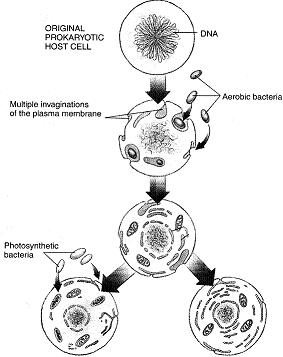A mutation in one gene that compensates for a mutation in another gene to result in the wild-type phenotype is called an intergenic suppressor mutation
Indicate whether the statement is true or false
TRUE
You might also like to view...
Sickle-cell disease is a recessive genetic disease. This means
A. at least one copy of each recessive allele must be present for each gene involved in sickle-cell disease in order for the disease to be expressed. B. two copies of the recessive allele must be present in order for the disease to be expressed. C. the environment can alter the expression of recessive genes, meaning any combination of alleles can cause the disease if the right environmental conditions are encountered. D. only one copy of the recessive allele must be present in order for the disease to be expressed.
What explanation can you give for why the sodium-potassium pump does not run out of ions to move in or out of the cell?
A. The cell continuously produces more ions to replace those moved by the pump, maintaining a constant supply. B. Leak channels are always open, allowing the passage of sodium ions (Na+) and potassium ions (K+) across the membrane. C. Many of the ions moved in or out then diffuse passively back through the membrane in the opposite direction.
The theory illustrated by the accompanying figure is used to explain the origin of which organisms?

a. anaerobes
b. eukaryotes
c. prokaryotes
d. protobionts
e. vascular plants
What sugar is found in DNA nucleotides?
What will be an ideal response?